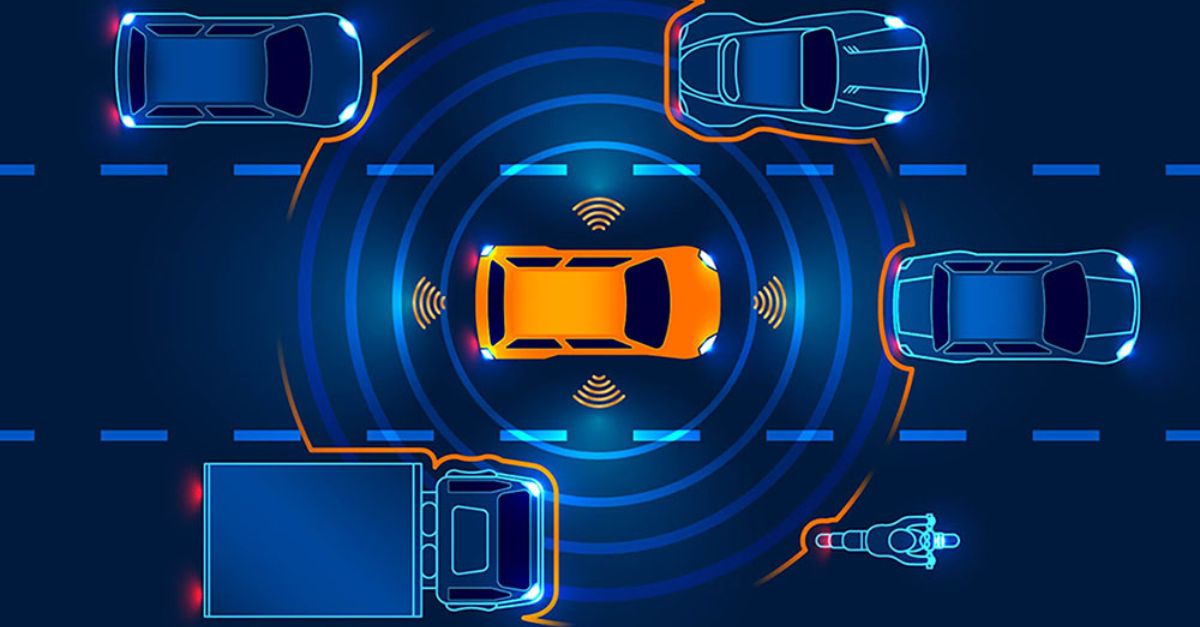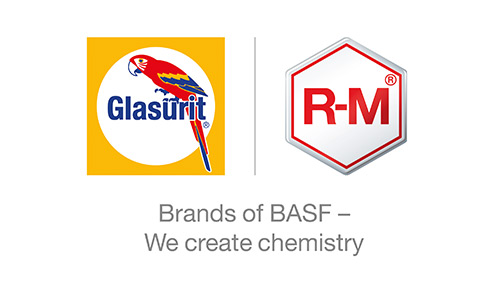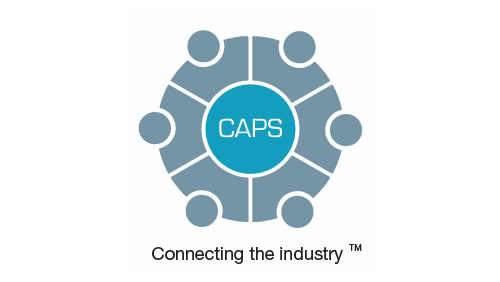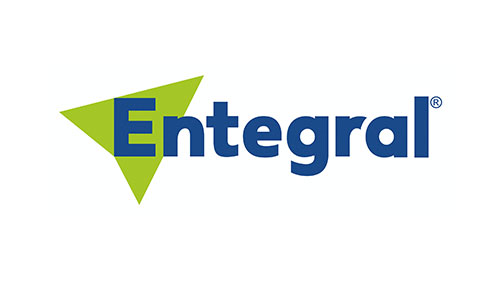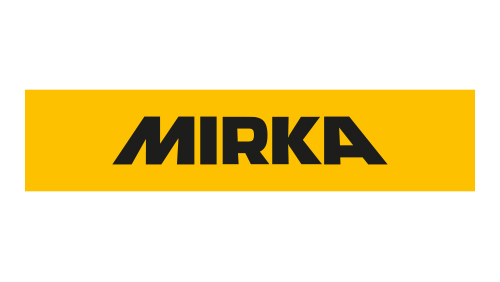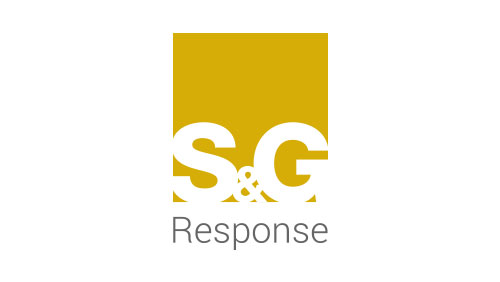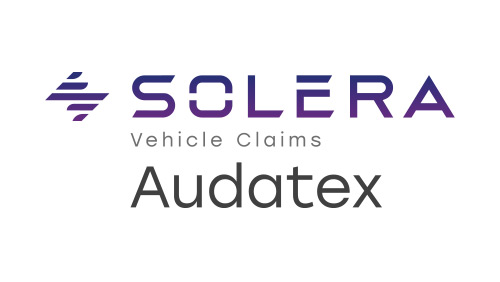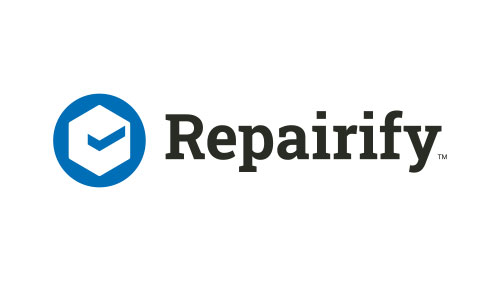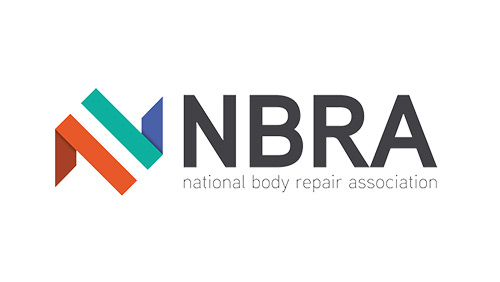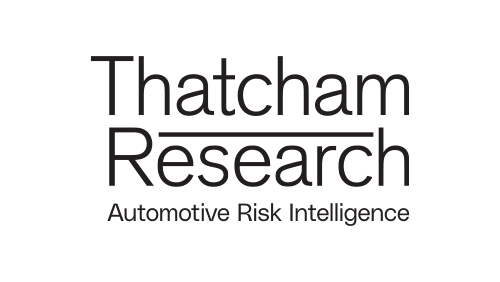A new study by Thatcham Research has revealed that more than half of UK drivers think they can buy a fully autonomous car today.
It found that 77% of those surveyed between the ages of 17 and 24 believe fully self-driving cars are now available, while 41% of those aged 55 and over also believe this.
This is despite the fact that only assisted driving systems which require driver support are currently available in the UK, and when self-driving capabilities are introduced in 2025 it will be limited initially to automated lane keeping systems on motorways.
Matthew Avery, Chief Strategic Research Officer, Thatcham Research, said, “With more than half of the UK public believing that autonomous driving is here today, the perception is racing ahead of the reality. This demonstrates just how much work needs to be done to set realistic consumer expectations of the first vehicles offering limited self-driving functionality, when they do become available. Put simply, the benefits of Automation will not be delivered if people don’t fully understand its limitations.”
Encouragingly, while most believe the technology is now available, the majority of drivers are in no rush to buy a self-driving vehicle. Thatcham Research’s Trust in Automation study found that 44% of respondents said they would wait for the technology to mature before purchasing a self-driving car, while 16% said they would purchase a vehicle with self-driving technology only if it comes with a car they already intended to buy.
Nearly a quarter (24%) said they would never buy a car with self-driving capability.
Matthew concluded, “Drivers are beginning to recognise that Automation can deliver significant societal benefit in terms of safety, mobility and sustainability. However, the industry must be cautious with the language employed to sell automation and drivers must be made aware of the limitations of systems.
“It’s vital that all industry stakeholders come together to instil trust in Automation by ensuring motorists have a firm grasp of their legal obligations and the performance limitations of systems.”

